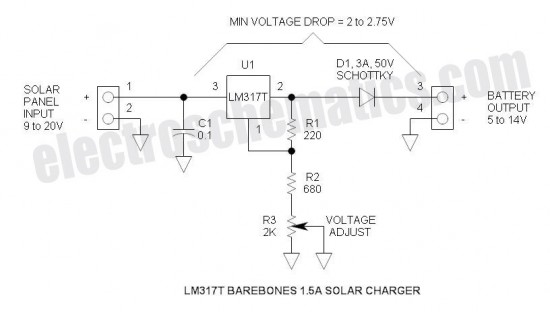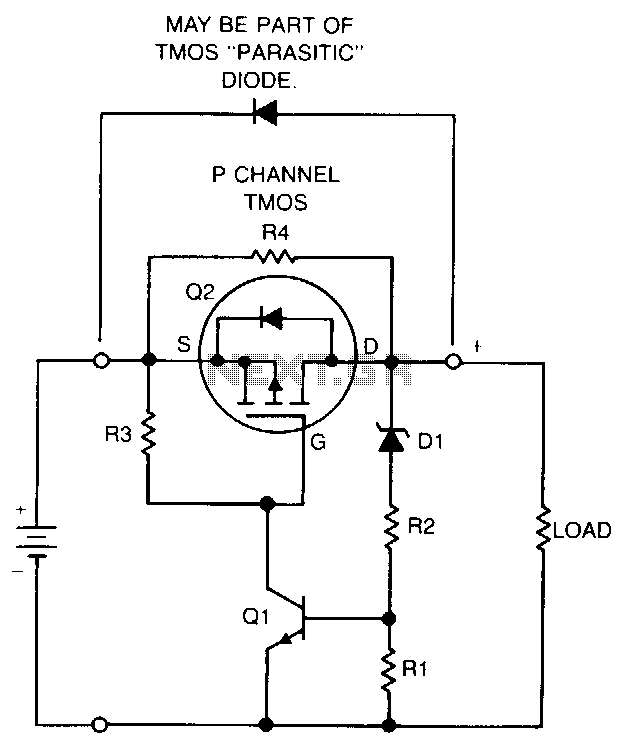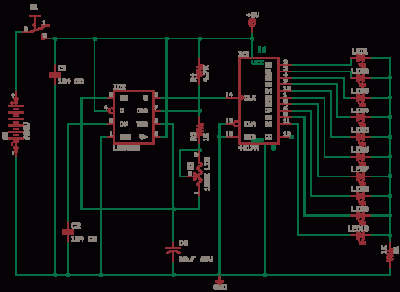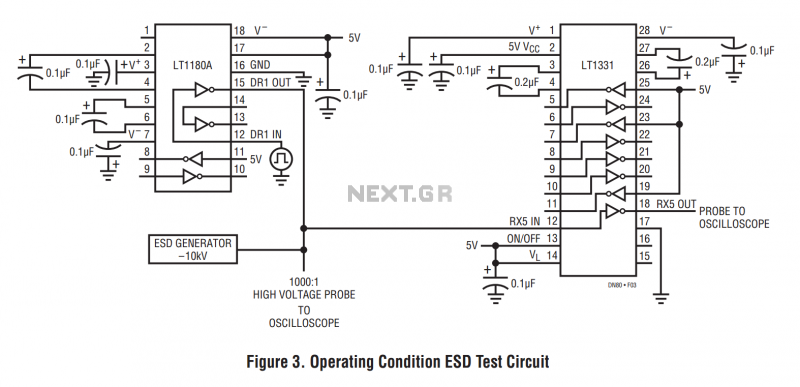
The use of self-induced emf achieve instant protection circuits

The circuit illustrated in Figure 3-73 is designed to utilize the power generated by instantaneous power failures, specifically the self-induced electromotive force (emf) produced by the motor, to implement an immediate shutdown protection mechanism. During a momentary power outage, the contact KM loses power and releases, allowing the motor to continue rotating due to its inertia. At the same time, the normally closed auxiliary contact of KM remains closed, allowing the motor's self-induced emf to pass through diode VD and energize the DC relay KA. Once KA is energized, its normally open contact closes. When power is restored, the contactor KM receives electrical power, engages its self-locking mechanism, and reconnects the motor to the power supply for operation.
The circuit operates effectively as a protective measure against sudden power interruptions. The self-induced emf generated by the motor during a power loss is crucial for maintaining operation continuity. The use of diode VD is essential to prevent backflow of current, ensuring that the relay KA receives the necessary power to activate without interference from other circuit components.
Upon the loss of power, contact KM disengages, but the inertia of the motor allows it to continue rotating momentarily. The auxiliary contact, which remains closed during this event, permits the self-induced emf to energize the relay KA. This relay serves as a crucial link in the circuit, allowing the motor to remain operational for a brief period despite the absence of external power.
Once the power supply is restored, the contactor KM is re-energized, engaging its self-locking feature. This mechanism ensures that the motor is automatically reconnected to the power supply without the need for manual intervention, thus enhancing operational efficiency and reducing downtime. The design is particularly beneficial in applications where uninterrupted operation is critical, such as in industrial machinery and automated systems.
Overall, this circuit configuration effectively combines inertia, self-induced emf, and relay mechanisms to safeguard against power failures, ensuring that essential systems remain operational or can quickly resume operation after a power interruption. Circuit shown in Figure 3-73. The line is to use the power of instantaneous power failure, the self-induced emf generated by the motor to implement now instant shutdown protect ion. When momentary power outage, contact KM loss of power release, power machine for inertial rotation, while KM normally closed auxiliary contact is closed, the motor V, W and white self-induced emf through diode VD to the DC relay is powered KA. KA is energized, the normally open contact closure, if it when the power supply has been restored, the contactor KM obtain electric suction combined self- locking, the motor re-connect the power running.
The circuit operates effectively as a protective measure against sudden power interruptions. The self-induced emf generated by the motor during a power loss is crucial for maintaining operation continuity. The use of diode VD is essential to prevent backflow of current, ensuring that the relay KA receives the necessary power to activate without interference from other circuit components.
Upon the loss of power, contact KM disengages, but the inertia of the motor allows it to continue rotating momentarily. The auxiliary contact, which remains closed during this event, permits the self-induced emf to energize the relay KA. This relay serves as a crucial link in the circuit, allowing the motor to remain operational for a brief period despite the absence of external power.
Once the power supply is restored, the contactor KM is re-energized, engaging its self-locking feature. This mechanism ensures that the motor is automatically reconnected to the power supply without the need for manual intervention, thus enhancing operational efficiency and reducing downtime. The design is particularly beneficial in applications where uninterrupted operation is critical, such as in industrial machinery and automated systems.
Overall, this circuit configuration effectively combines inertia, self-induced emf, and relay mechanisms to safeguard against power failures, ensuring that essential systems remain operational or can quickly resume operation after a power interruption. Circuit shown in Figure 3-73. The line is to use the power of instantaneous power failure, the self-induced emf generated by the motor to implement now instant shutdown protect ion. When momentary power outage, contact KM loss of power release, power machine for inertial rotation, while KM normally closed auxiliary contact is closed, the motor V, W and white self-induced emf through diode VD to the DC relay is powered KA. KA is energized, the normally open contact closure, if it when the power supply has been restored, the contactor KM obtain electric suction combined self- locking, the motor re-connect the power running.





